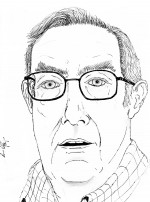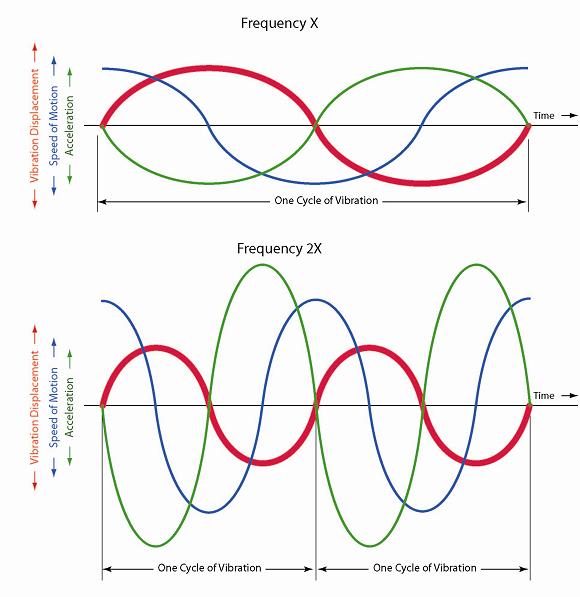 In the world of everyday sound, things happen in a fairly predictable way. Sound vibrations are created, transmitted and received in textbook fashion. As vibrational frequencies and or amplitudes are increased, however, that picture changes quite dramatically.
In the world of everyday sound, things happen in a fairly predictable way. Sound vibrations are created, transmitted and received in textbook fashion. As vibrational frequencies and or amplitudes are increased, however, that picture changes quite dramatically.
In earlier blogs, we learned that as the frequency of sound (vibrational energy) is increased, the number of cycles per given unit of time increases. A vibrating source must move through one vibration faster and faster as frequency is increased to accomplish the number of vibrations required in the allotted time. If the amplitude of the vibration remains the same, this obviously means that the speed of the vibrating source must, consequently, increase in order to accomplish the task of producing more vibrations in the same measure of time. Acceleration, then, must also increase since the speed of the vibrating source is necessarily zero at the extremes of the vibrational cycle. The following illustration may help clarify this concept.
At the extremes of the vibration’s travel, the speed of motion becomes zero as the direction is reversing. At the midpoint of the vibrational cycle, the speed of vibrational motion reaches its maximum. In order to achieve the increased speed of motion required as frequency increases, acceleration must increase accordingly. For the purposes of this blog, I will skip the math and will be satisfied with an understanding of the concept. I suppose there are math blogs too. So, it is the extreme increase in acceleration that occurs when frequency is increased that has the most severe consequences.
When acceleration increases within a material, the tension within the material must increase accordingly to transmit the vibration. All matter in all forms, except for gasses, exhibits a tensile limit. Gases, of course, will simply expand to occupy the available space and, in effect, “stretch” but do not “fracture” as do solids. Most liquids like to maintain a fixed volume although they may freely change shape depending on outside influences. In general, liquids do not “stretch” well. In some cases, liquids change to their gaseous form under the “tension” of a vacuum. This is demonstrated in the classic physics experiment in which liquid in a vacuum chamber “boils” turning into a gas. Solids may deform under relatively low tension but, like liquids, maintain a relatively fixed volume. If a steel rod is pulled, it may become longer but it will also decrease in diameter. Eventually, however, solids will fracture as their tensile limit is reached. In short, except for gasses, if you pull on it hard enough, something is going to happen.
In the technology of ultrasonic cleaning, the effects of increasing frequency are applied to provide certain phenomenon which are used to achieve the desired result. But, high frequency alone may not be enough as we will see in an upcoming blog.
– FJF –



 English
English Spanish
Spanish Chinese
Chinese Canada
Canada Mexico
Mexico United Kingdom
United Kingdom




